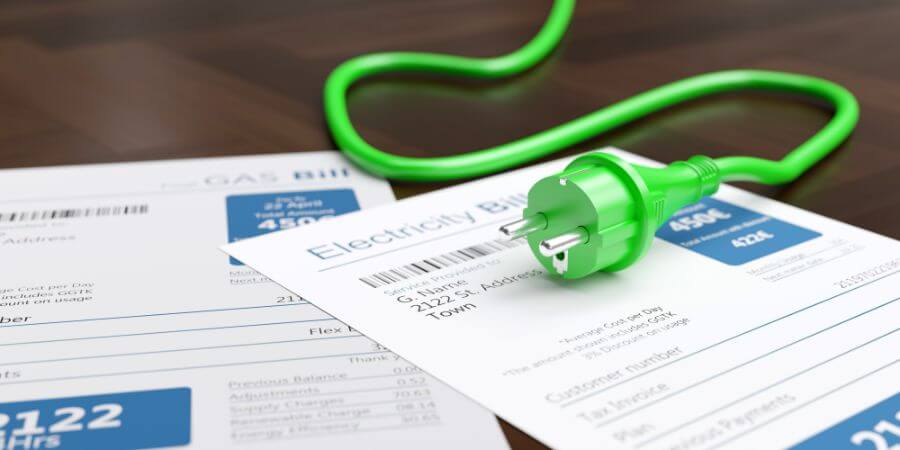
No one enjoys paying their bills, but for some families, the electric bill is a particular point of concern. Maybe you’re asking yourself questions such as:
These are all good questions to ask, and the answer is likely multi-faceted since there are many issues that can contribute to a hefty electric bill. We’re here to help – read on, or design a low-rate energy plan now!
We’re here to help uncover issues and provide you with some tips for lowering your electric bill so you can save money and move toward a more energy-efficient future. At any time you can use these quick links to jump around the article. Let’s get started!
How much you should expect to spend on electricity depends on the type and size of your home, where you live, and other significant factors. While there is no particular dollar amount that signifies your bill is too high, a point of reference can be useful. It may help to know that in 2020, the average monthly electric bill in the U.S. was $117.46. If you would consider your household electricity use to be fairly average and your bill is much higher than this total, it could be too high.
If you’re worried about your electric bill being too high, chances are, you’ve seen the cost go up over time. There are many reasons why your bill could have increased or why it’s consistently staying too high.
In many cases, you can decrease electricity costs by switching suppliers. A new supplier may be able to purchase electricity at a lower rate and pass on those cost benefits to you. Switching may also allow you to choose more favorable contract terms — for example, if you’ve seen your rates increase in a variable-rate contract, you might benefit from a fixed-rate contract. In a fixed-rate contract, your rate will stay the same for the duration of your agreement, no matter what your supplier has to pay.
When you shop for rates with Shipley Energy, you’ll enjoy additional benefits. With the Shipley Energy Rewards program, you can enjoy an unlimited 3% back on your energy supply costs. We’ll also offer you fixed-price renewal options to keep your costs predictable.
Of course, your supplier might not be the only reason your electricity bills are high. How and when you use electricity can have an impact, as well. It’s a good idea to look at the whole picture and consider every possible factor to generate the most savings.
First, let’s look at some of the top factors that could contribute to a high electric bill. See if any of these reasons are true for you.
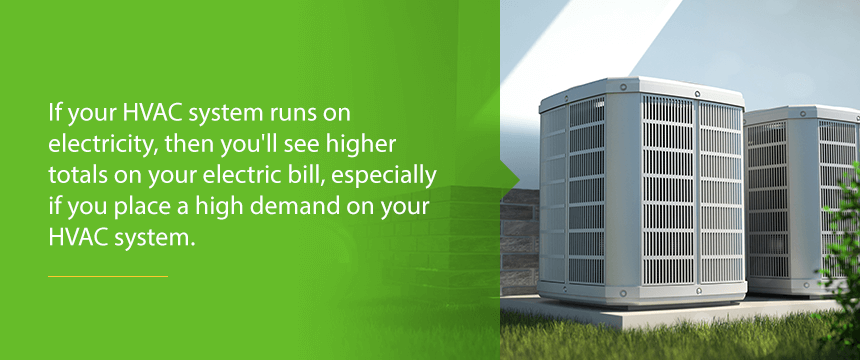
Did you know that many of your appliances and electronics that plug in are drawing energy, even when they’re turned off? This energy is often referred to as a phantom load or standby power. Most electronics and appliances today are designed to be in a standby mode rather than truly off when not in use. A typical American household has 40 devices that are continuously drawing power, whether they’re on or off, adding up to nearly 10% of the family’s total electricity use.
Appliances today are designed to be more energy-efficient than older models. This means if you have old appliances in your house, they could be using excessive amounts of electricity. This includes dishwashers, ovens, refrigerators, freezers, clothes washers, dryers, water heaters, and many other appliances throughout your home. Two of the biggest culprits are refrigerators and clothes dryers. If your appliances are relatively old, it’s likely that they are not as efficient as they could be.
If you’re using traditional incandescent bulbs in your light fixtures, you’re likely wasting energy. Energy-efficient lighting options, like light-emitting diodes (LEDs), compact fluorescent lamps (CFLs), and even halogen incandescents, use a lot less energy. So, if you’re wondering why your electricity bill is higher than your neighbor’s, it could be in part because their LED bulbs are using 80% less energy than your incandescent bulbs are.
If you’re not in the habit of turning off all lights and turning off the TV and any other appliances that are on before leaving your house, you’ll be wasting energy while you’re gone. If you have kids, it’s important to make them aware that leaving lights or electronics on unnecessarily wastes energy and money. Even while you’re at home, if it’s during daylight hours, you may not need lights on.
For the average single-family household, heating accounts for 29% of annual utility costs, and cooling makes up 13%. If your HVAC system runs on electricity, then you’ll see higher totals on your electric bill, especially if you place a high demand on your HVAC system. This is one of the main reasons your electric bill will fluctuate seasonally. During harsh winter or scorching summer months, you can expect to use a lot more electricity for heating or cooling than you’ll use during milder times of the year.
Water heating usually makes up about 18% of a home’s energy use. Many common household chores and activities, like washing dishes, doing laundry, and taking showers, can use a lot of hot water. As you use up hot water, the water heater must use energy to heat more water. If your water heater uses electricity, then using a lot of hot water can lead to a high electric bill.
How much energy you use depends on how often you’re inside your home. The pandemic has caused energy customers to stay home more than ever. Many employees and students have been working remotely, and lots of events have been canceled. Those staying home, especially during the coldest and hottest parts of the year, are bound to have higher utility costs.
Those who are working or studying at home are not just lounging around — they’re using computers and other devices throughout the day. If the pandemic has sent you home, you might be relying on a desktop or laptop for upwards of eight or more hours per day. Heavier use of devices is one reason your electricity bill may have shot up.
Some utility companies instate what is called a time-of-use policy, where using electricity during certain hours will cost you more than if you used the same amount of electricity at a different time of day. The hours when electricity costs more are called peak hours, and there tends to be greater demand for electricity during these times. If you find yourself using electricity during peak hours, you can expect to see a higher bill.
You might be using electricity during peak hours more often, thanks to the pandemic. With COVID-19 restrictions, you’re more likely to be home during those hours. Keep in mind peak hours vary by supplier, time of year, and other factors. For instance, winter peak hours tend to be in the morning, while summer peak hours tend to be in the afternoon or evening.
Electricity rates, measured in the cost per kilowatt-hour (kWh), vary from location to location and supplier to supplier. Rates can also fluctuate seasonally. In the summer, for instance, you may see a higher total on your bill even if you used the exact same amount of electricity as you did in the spring. If you’re noticing consistently high rates, you may want to switch suppliers. Many people get their electricity supplied by their utility company, but in deregulated states, you have the option to compare rates and switch suppliers.
Now that you know what may be causing your bill to spike, let’s talk about how to lower your electric bill. There are many steps you can take, both big and small, to reduce your electricity use. Here are some ways you may want to try.
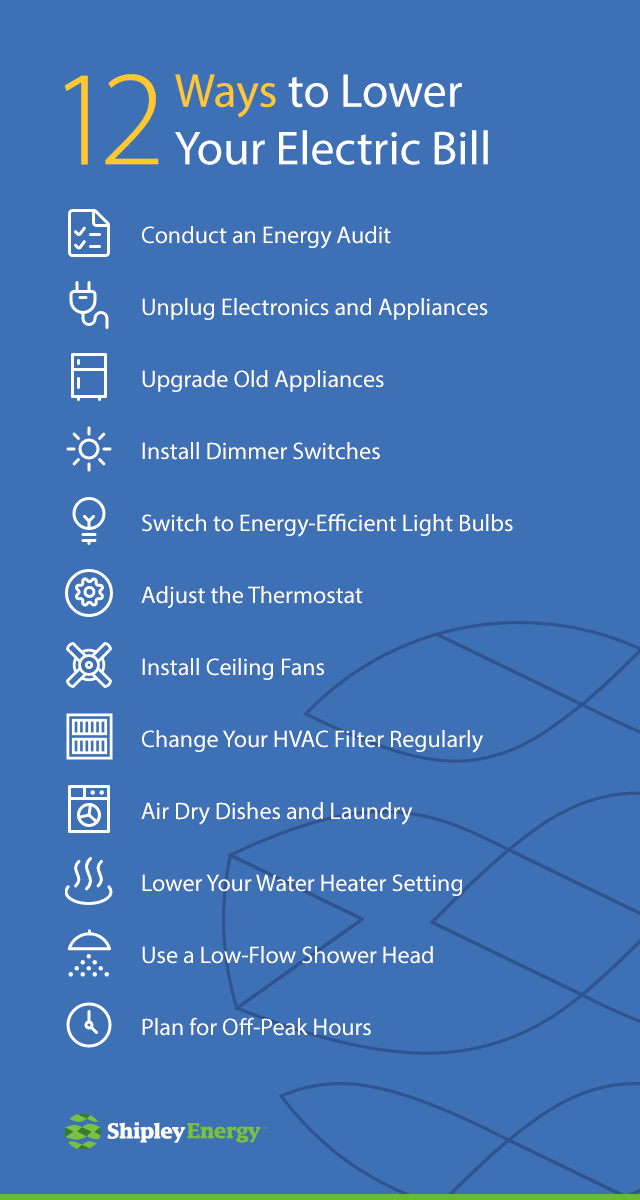
One of the best ways to get some insight into how to save money on your electric bill is through an energy audit. The auditor will learn about your home’s appliances and electricity use and then make recommendations for increasing your efficiency. You can also conduct a DIY audit, but a professional one is the best option.
Unplug electronics and appliances when you’re not using them rather than just turning them off. Plugging electronics into a power strip makes it easier to cut off power to all the electronics at once and then turn them back on when you’re ready. Eliminating the phantom load electronics use could save you as much as 10% on your next electric bill.
Another way you can save is by switching out old energy-draining appliances for newer, more efficient models. Look for appliances with the ENERGY STAR label. These appliances offer superior energy efficiency that could lower your energy costs substantially over time.
An excellent solution for using less light is to use dimmer switches. With a dimmer switch, you can set a light fixture to only provide as much light as you need. As you lower the amount of light, you also lower the amount of electricity going to the bulb and can cut back on your overall lighting costs.
According to the U.S. Department of Energy, you could save $75 a year just by replacing five light bulbs in your house that you use the most with ENERGY STAR bulbs. Especially if you choose CFL or LED bulbs, you can also enjoy significantly longer periods between replacing bulbs since they last much longer than traditional incandescent bulbs.
When you’re away from home, adjust your thermostat so your HVAC system doesn’t need to work as hard. If you adjust your thermostat by 7 or 8 degrees to be closer to the outdoor temperature for eight hours every day, you could save 10% on your heating and cooling costs. A programmable thermostat can help you do this.
If you find yourself spending a lot on cooling your home during hot weather, try installing ceiling fans. With a ceiling fan going, you can raise your thermostat setting and enjoy the same comfort level as you did with a lower setting and no fan.
An HVAC system has to work harder and, therefore, use more energy when the filter is clogged or dirty, so make sure you’re checking your filter regularly and changing it as soon as it’s dirty. Typically, you’ll want to change filters at least every three months.
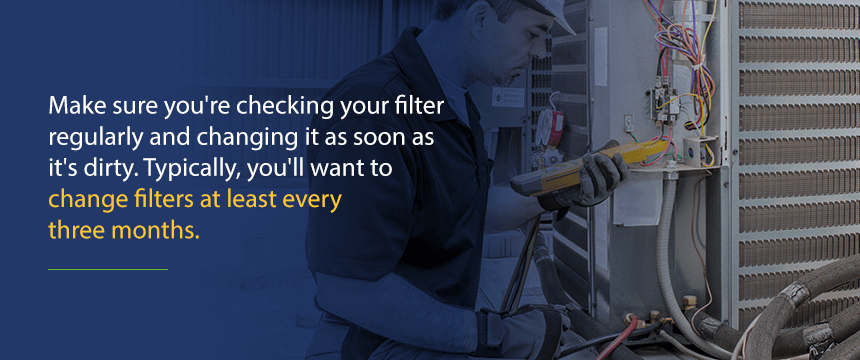
Since a drying feature on a dishwasher and a clothes dryer can use a lot of energy, you can save money by avoiding them. For dishes, allow them to air dry or use a dishcloth to dry them by hand as you put them away. For laundry, use a clothesline outside or a drying rack inside to let clothes air dry.
Many water heaters are set to 140ºF by default. However, for most households, 120ºF is sufficient to handle hot water needs, meaning you’re wasting energy to maintain that high temperature. Just by lowering the setting to 120ºF from 140ºF, you could automatically save yourself from $36 to $61 in standby heat losses and over $400 in demand losses over the course of a year.
If you’re using a lot of hot water in the shower, putting a lot of demand on your water heater, one solution is to take shorter showers. That’s not the only solution, though. You can shower for the same length of time and still use a lot less water by installing a low-flow showerhead with the WaterSense label.
If you’re dealing with a time-of-use policy from your utility company, you should do your best to avoid using electricity during peak hours. Plan to run your dishwasher or wash and dry clothes, for instance, during off-peak hours so you won’t be charged as much.
When you’re shopping for the best electric supplier, there are a few things to consider. Look for:
Online research is a great way to compare suppliers. If you live in Pennsylvania, for instance, PA Power Switch is a valuable resource and tool to help you compare suppliers. It’s well worth the time investment to learn about your options since it could help you save money.
Plus, switching suppliers is easy. If you choose to make Shipley Energy your supplier, you won’t pay any fees to switch or be required to get any new equipment. You won’t notice any disruption in your service at all. You’ll just see our name listed as the supplier on your next electric bill, which will still come from your utility company. Enjoy the same routine — but with better rates on your electricity!
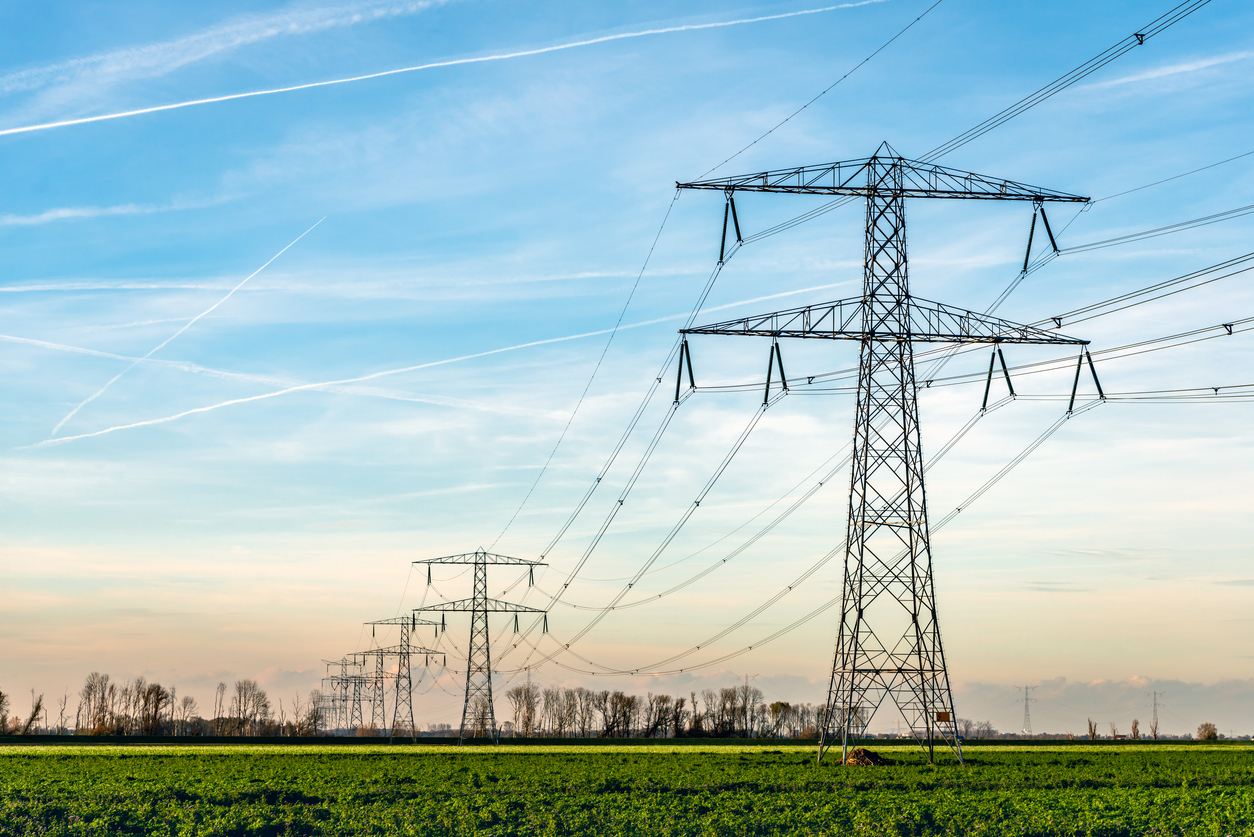
If you live in Pennsylvania, Ohio, or Maryland, Shipley Energy could be your new electricity supplier. We have been a trusted energy partner for many homes and businesses for over 90 years. You can learn more about our competitive residential electricity rates by checking rates online. You’re welcome to contact us with your questions as well. We are committed to getting electricity at the best price possible so we can help you lower your electric bill and enjoy a fantastic partnership with us.
Contact Us -> Home Electricity ->